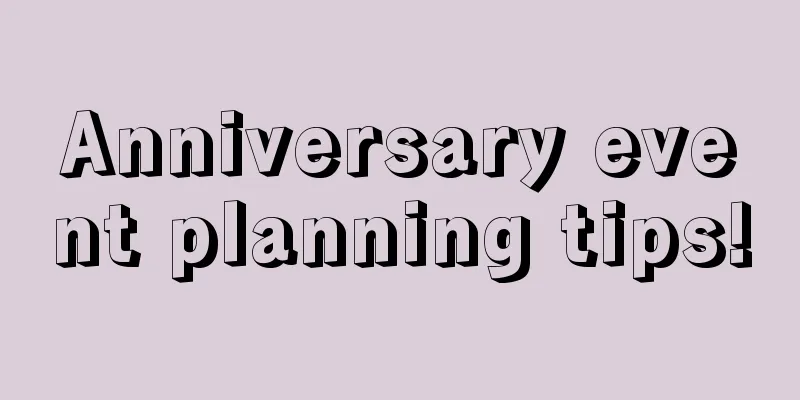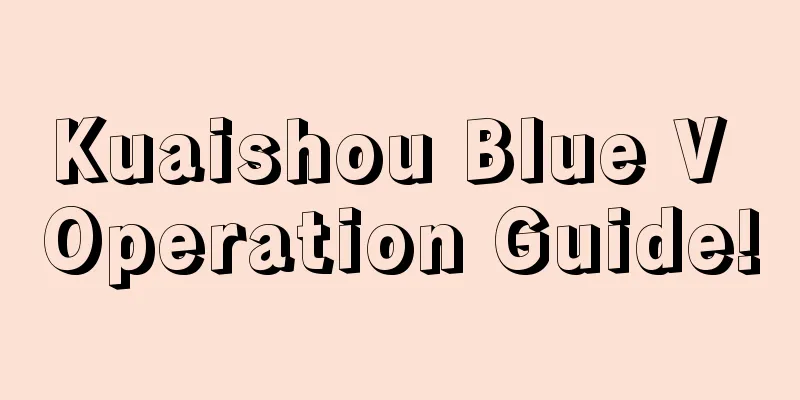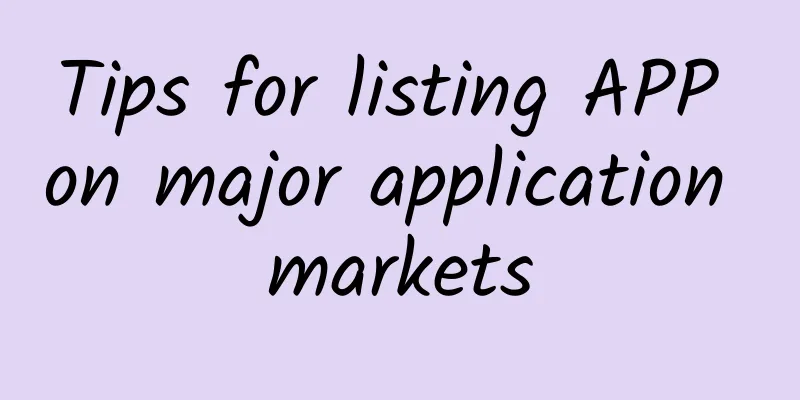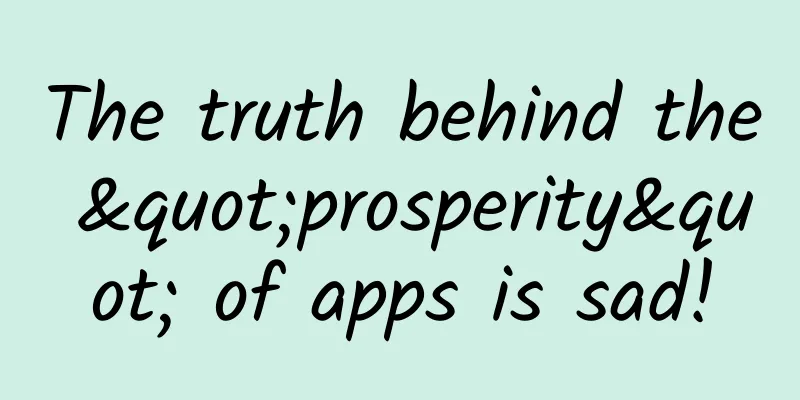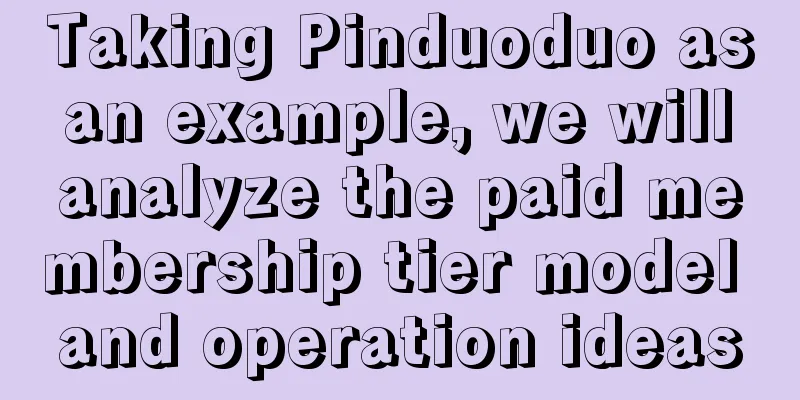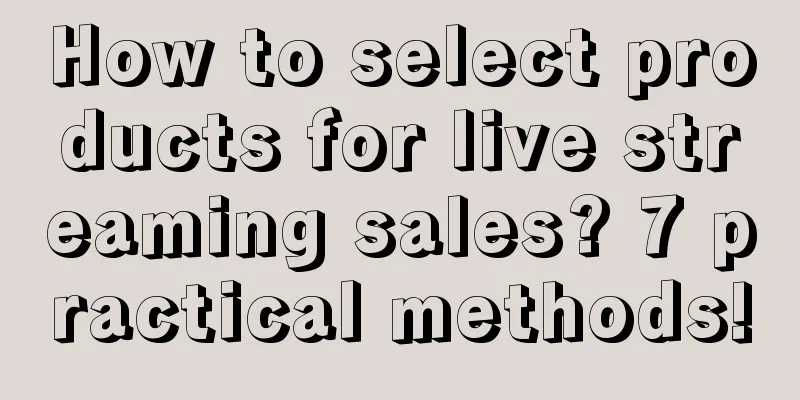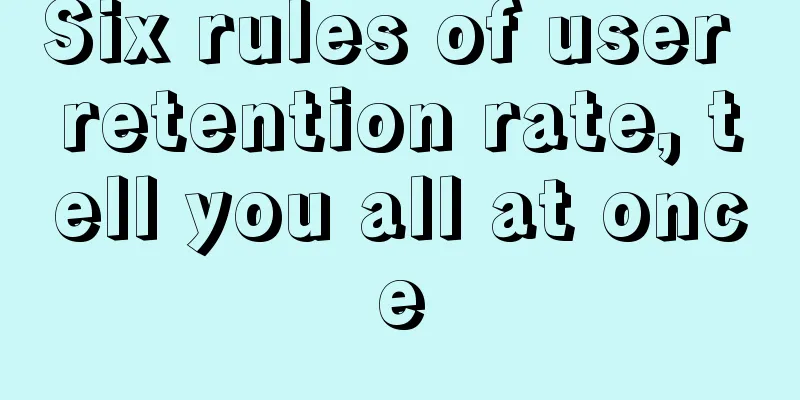Programmers interpret the "Traveling Frog" from a God's perspective. Is your frog really traveling?
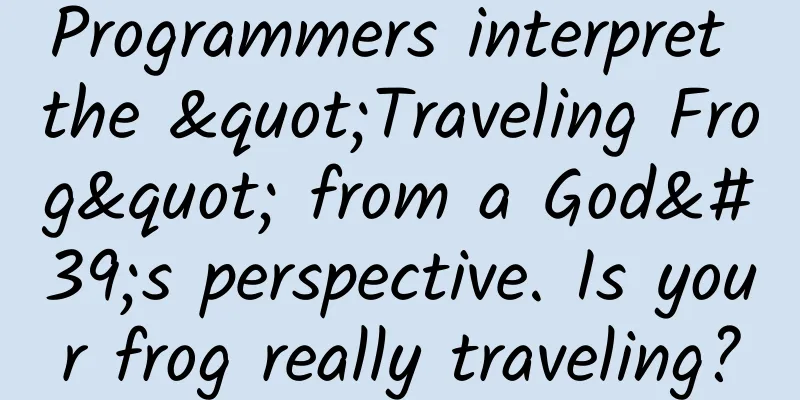
|
Introduction There is a programmer on Zhihu who spent five nights reversing the game program logic and extracting various data in order to let old mothers and fathers understand what their Gua is doing. This is equivalent to using the God's perspective to answer these questions. Currently, the number of likes has exceeded 20,000. The boss has made a directory based on the content of the answers, so that everyone can use it as needed.
1. Is Gua really traveling? I have to admire the game designers. In pursuit of realism, they implemented a very complete travel simulation system with rigorous travel route design. Because the travel process is not shown to the user, I thought the logic would be very simple. When I discovered this travel simulation system, I was a little surprised, which prompted me to study the logic of this game in depth. The following explanation uses a little bit of graph theory terminology, but should be fairly straightforward. 2. How does Gua choose its travel path? The program has four built-in regions: East, West, South, and North. Gua will choose a region to travel. Each region is designed as a connected undirected graph, and Gua's travel route is to walk a path between two points on the graph. I extracted the information from the program by reverse engineering and spent some time using Graphviz to generate what each map would look like. Eastern Region Western Region Southern Region Northern Region Each vertex on the graph represents a location. Each location may be passed by the frog and trigger some events. In addition to common locations, there are four special locations that affect the route of Gua's travel:
The edges connecting the nodes represent the roads connecting the locations. These roads can also trigger events such as meeting partners and taking photos. Every time he starts a trip, based on what his mother packs, Gua will: 1. Choose your destination Carrying special food or props can affect the selection of regions. Some items can increase the probability of a specific region being selected, or even directly determine the selected region. The choice of destination within a region also depends on the props carried. The specific effects of each object will be mentioned later. 2. Choose the route The en route point is determined by the destination. Each location has a corresponding en route point, which is described in the code as the local county government/transportation hub. 3. Choose a detour This is very interesting. I guess the author's purpose is to make the journey more diverse. A few extra detours will be added to the area each time. Carrying items does not seem to affect the decision of the detour points. 4. Generate travel paths through all locations The classic Dijkstra algorithm of graph theory is used to find the shortest path in a connected graph, combined with the logic of the passing points and detour points, to finally calculate the travel path. How is the destination chosen? The choice of a specific destination is related to the items carried. The priority of each item corresponding to the destination and the regional bonus are superimposed to obtain the probability of each location being selected. The initial value of the regional bonus for each destination is 30. The regional attribute value of the item can increase the regional bonus of the destinations in the corresponding area, thereby increasing the probability of all destinations in the area being selected. Some props can be directly restricted to specified areas. 3. How does the quack travel? After determining the location, Gua will start traveling:
So if your frog hasn't been home for a long time, and didn't bring any local specialties when he returned home, it's possible that he was exhausted many times on the road and fainted on the side of the road. (Don't blame the frog for not thinking of bringing local specialties to you anymore, it turns out that you were starving.) 4. How is the time it takes for Gua to travel on each route calculated? 5. What should I do if Gua runs away from home? If there is no lunch box prepared for a long time and there is no food in the bag or on the table, the croak will run away from home angrily (どこかへ出かけています). If you put food on the table at this time, Gua will come home within 5 to 30 minutes. Interestingly, running away from home also counts as travel in the achievement calculation...emmmm. 6. What are the properties of roads? Each path (edge) connecting different locations has the following properties:
The details are as follows, I can’t go into more detail. 7. What effect does each item have? Here is an illustration of the effects of items that I worked so hard to organize: There are five different categories of items:
Attribute Classification
Item Probability
Determine the region: The probability of the corresponding region being selected. If the value is D, the region where the destination is located can be directly determined. Movement speed: Depending on the terrain, the movement speed can be increased to reduce the time spent on the route, so that you can go further in the same travel time. Friends: The probability of meeting a specific travel companion Encounter terrain: The probability of obtaining a corresponding postcard when passing through a specific terrain FLAG attribute: set some specific flags, which mainly affect the achievement system, as described below 8. How to use items scientifically? Here are a few examples to show the effect of combining items and routes. 1. Decide where you want to go The lunch box you carry and the amulet you win in the lottery can increase the probability of choosing a specific area. The ticket you win in the lottery can directly determine the area you go to. Example: If you want to go north, use Hokukoku きっぷ. 2. Impact on travel distance and time Eating food with a high maximum time value will allow you to walk farther, while eating food with a high stamina-enhancing value will allow you to walk faster and take less time. 3. Quickly pass through the terrain along the route Food or items with regional speed bonuses can increase movement speed on specific terrain. The movement speed effects of different items can be stacked, see the explanation above for details. 4. Match with partners you meet on the road If you are on a road where you might encounter a companion, specific items can increase the chance of actually encountering them. Example: The yellow cookies won in the lottery can increase the chance of encountering crabs on the road. Comprehensive application (pay attention!!!) I want to go to Oga City, Akita Prefecture to see the lighthouse.
9. What postcards do you bring back from your travels? The postcard elements you encounter on each path have a very clear probability. Ordinary postcards are automatically synthesized. Based on the road elements, the props carried, and the companions encountered, the program will select the appropriate background, foreground, and poses of Gua and his companions to synthesize a complete postcard. Roughly speaking, there are about 120 combinations. Several different poses Some postcards with specific storylines are drawn individually, and the intentions of the game makers can also be seen here: getting lost and friends looking at the map usually appear at the edge of the map, and deserted sewers usually appear in well-connected urban transportation hubs. Lost Quack Roadside drainage ditch 10. What local specialties will you bring back from your travels? As mentioned above, you will only get specialties when you successfully reach your destination (GOAL). The probability of getting collectibles is 15%, and the probabilities of other items are as follows: There is a setting in the game code that collects the collectibles three times, but it is not actually enabled. It may be introduced in a later version. 11. When will friends come to visit? Snails, bees and turtles come to visit from time to time. The duration of the visit is 180 to 270 minutes. The bee needs to have at least 3 collectibles to appear, and the turtle needs to have at least 6 collectibles. 12. What should I feed my friends when they come to visit? Feed visiting friends and you will get clover and raffle tickets as rewards: On this basis, feeding items with rare FLAG attributes will get 20 more clovers and 1 to 4 more lottery tickets. Friends will remember the last three foods you gave them. If you feed them the same item continuously, the amount of gifts you get in return will decrease. In order to achieve the best effect, it is best to feed four different gifts in turn. For details, please refer to the preference table below: 13. How long does it take for clover to grow? There are a total of 20 clovers in the flower bed. Each one regenerates independently. The shortest regeneration time is 5 minutes (300 seconds) and the longest is 4 hours (14400 seconds). 14. What is the probability of getting a four-leaf clover? After completing the tutorial, the first four-leaf clover will be born automatically. In addition, every three-leaf clover has a 1% chance of becoming a four-leaf clover when it is reborn. 15. What is the probability of winning the lottery ball?
16. How to get achievements? When the frog travels, it will set some flags. I have sorted out the triggering conditions from the code: This is also a place where metaphysics is wrong and superstitious. Using a name has no effect on other parts of the game, does not change the probability of obtaining items and postcards, and does not affect the length of time you go out. 17. Is there any way to get clover for free? you guess? |
<<: Moonlight: Let your phone play PC games
Recommend
How much does it cost to develop an Anshun B&B mini program? Anshun B&B Mini Program Agent Price Inquiry
For entrepreneurs, although mini program developm...
Guangzhou WeChat legal consultation mini program function, how much does it cost to make a legal consultation mini program?
With the continuous improvement of the rule of law...
App Promotion: How to Take App Screenshots to Influence Download Conversion Rate?
App screenshots are the most direct way to showca...
Ten techniques to teach you how to create a "10w+" title
This is an era of "information explosion&quo...
To make high net worth users "addicted", it is enough to grasp these three points
Today we are going to share something very intere...
Strategy for operating Douyin in the used car industry!
1. Current situation of second-hand car transacti...
How to write a new media marketing promotion plan!
What role does new media marketing play? How to s...
How to play information flow advertising in the gaming industry? 38 creative sentence patterns to use!
Today, I have compiled some advertising ideas and...
Is new media operation the same as new media marketing?
Many people think that new media operations and n...
How to use data operation methods to improve article conversion rate
Nowadays, many products need to be sold on offici...
Why is short video promotion and marketing so popular? How to play?
Driven by the trends of video mobility, informati...
How to sell products on Douyin? One article will tell you everything!
The two most popular words recently are online an...
Loss of “WeChat” trademark: Why didn’t Tencent take it seriously?
[[129454]] "32/81, 39.5%". This is the ...
The user operation system of Perfect Diary and Three Squirrels!
This article mainly shares with you the user oper...
Recommended product selections for second-tier direct-sale e-commerce businesses!
Which products are hot-selling in Category II e-c...


